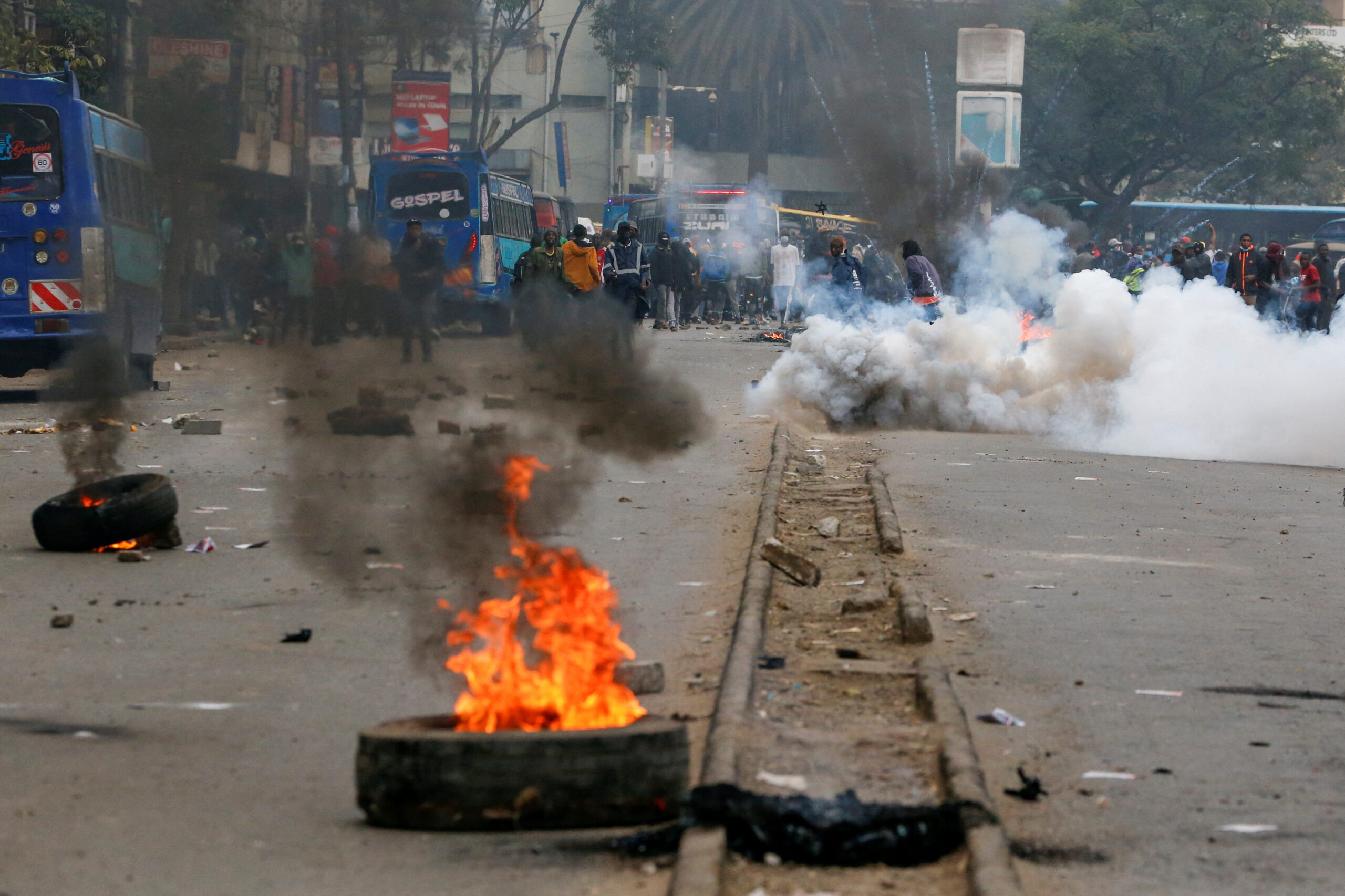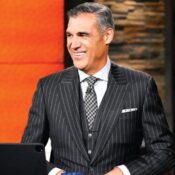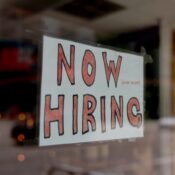
One person killed as anti-government protests in Kenya get back up
Resuming anti-government rallies across Kenya on Tuesday resulted in at least one fatality, according to a Reuters correspondent, as protesters seeking the resignation of President William Ruto battled with police.
Nationwide demonstrations spearheaded by young people against the proposed tax increases started a month ago and have persisted even after Ruto retracted the bill and sacked nearly every member of his cabinet. Activists are demanding systemic changes to combat corruption and bad governance, as well as Ruto’s resignation.
According to the government-funded Kenya National Commission on Human Rights (KNCHR), at least 50 people have died as a result of the protests as of Tuesday.
Reuters TV video showed police firing repeatedly at hundreds of protestors in Kitengela, a town on the southern suburbs of Nairobi’s capital, some of whom were throwing rocks. Along with waving Kenyan flags and burning tires, the demonstrators shouted “Ruto must go!”
One protester’s body was discovered by a Reuters reporter on the ground, with blood seeping from a head wound. The representative for the national police declined to comment.
The demonstrations on Tuesday seemed to be among the largest since Ruto retracted the tax increases on June 26. At least 23 of Kenya’s 47 counties had demonstrations, according to The Nation newspaper.
Several dozen demonstrators were attacked by tear gas fired by riot police in Nairobi’s city center. A video that an ambulance service uploaded to X showed its employees transporting a wounded individual there on a stretcher.
Images on Kenyan news channels showed protesters waving palm fronds as they marched through the seaside city of Mombasa, while trash burnt in the street.
THE DEBT CRISIS
The largest crisis of Ruto’s two years in office has been brought on by the protests. Kenya, which spends more than 30% of its income solely to pay interest on its debt, is caught between a struggling populace that is struggling to keep up with rising living expenses and lenders who want the country to reduce its deficit.
“Ruto is incredibly inept. He lacks any ability to lead. “He merely desired to be called the nation’s president,” a Nairobi demonstrator who wished to remain anonymous remarked. “The man is an IMF stooge. That concludes it. It is all for the benefit of the IMF, whatever he does.”
Young Kenyan protestors have taken particular aim at the International Monetary Fund (IMF), claiming it is the main source of motivation behind the proposed tax increases.
According to the IMF, its primary objective in lending to Kenya has been to assist the nation in overcoming economic obstacles and enhancing the well-being of its citizens.
“Multi-sectoral” negotiations to resolve the demonstrators’ issues were scheduled for this week, but there was no indication that they had started, according President Ruto’s administration. The majority of the prominent demonstrators have turned down the offer and instead demanded that urgent action be taken against problems like corruption.
A request for comment was met with no response from Ruto’s spokeswoman.
After starting out peacefully, the protests got violent. On June 25, a few protestors briefly broke into parliament, and the police opened fire.
According to KNCHR, there have been 50 fatalities as well as 413 injuries, 682 arbitrary detentions, and 59 kidnappings or missing persons related to the protests.
Ruto has pledged to look into allegations of mistreatment, but he has also mostly supported police behavior and charged criminals with sabotaging nonviolent protests.
Without offering any proof, he charged on Monday that the American charitable Ford Foundation was supporting people who had brought “violence and mayhem” to Kenya.
The Ford Foundation denied the claim, stating that it had a rigorously non-partisan grant-making policy and that it neither sponsored nor funded the demonstrations.
All Categories
Recent Posts
Tags
+13162306000
zoneyetu@yahoo.com



